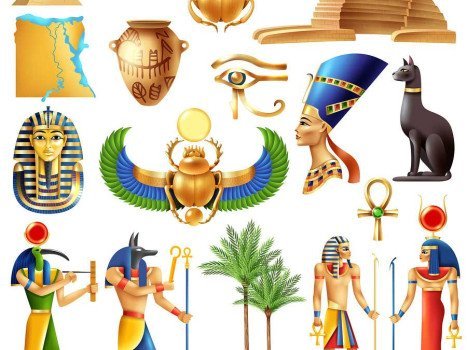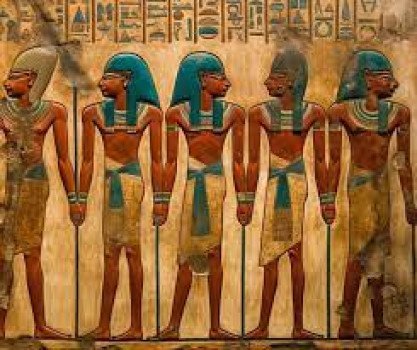Sham El-Nessim: The Story of Egypt's Oldest Folk Festival
What is Sham El-Nessim?
Sham El-Nessim is an Egyptian festival with a history of around 4700 years. It’s been celebrated since ancient Egyptian times and is one of the country’s longest standing holidays, meaning rebirth and spring.
The Origin of Sham El-Nessim
The name Sham El-Nessim comes from the ancient Egyptian word “Shamo” which means “harvest” and also summer. Over time the word evolved into “Sham” in Coptic, as Egypt’s culture has been continuous through the ages.
The Old Celebration
In ancient times Sham El Nessim was the start of the harvest season. Egyptians would enjoy nature, have picnics in gardens and fields and socialise. This was a time of rebirth and renewal as per the Egyptian agricultural calendar and their spiritual beliefs in regeneration and prosperity.
Historical Background
Historians believe Sham El-Nessim dates back to around 2700 BCE during the end of the 3rd Dynasty and the beginning of the 4th Dynasty. Some scholars think it might even go back to the Pre-Dynastic period of ancient Egypt.
The Traditional Dishes
The festival has specific foods that have remained the same for millennia. Sham El-Nessim traditional foods are:
Eggs: Symbol of new life and creation, eggs were decorated and used in rituals.
Salted Fish (Feseekh): Related to the Nile’s sacredness and the ancient belief in the waters of creation.
Lettuce: Related to fertility and the god Min.
Green Chickpeas (Malana): Meaning rebirth and spring freshness.
The Cultural Significance
Sham El-Nessim has gone beyond religious borders and united Egyptians of all faiths in one cultural celebration. The festival’s traditions from food to outdoor activities have been passed down through the generations and is part of Egypt’s national heritage.
Why Celebrate Sham El Nessim with us?
Join our Egypt tour packages and experience this ancient festival for yourself. With Egypt pyramid tour packages and all inclusive Egypt holidays you can see the wonders of Egypt, from the pyramids to the spring celebrations.
 English
English
 Español
Español
 Chinese
Chinese
 français
français
 português
português
 Italian
Italian
 Russian
Russian
 Czech
Czech
 Deutsch
Deutsch
 Japanese
Japanese
-webp.jpg)








